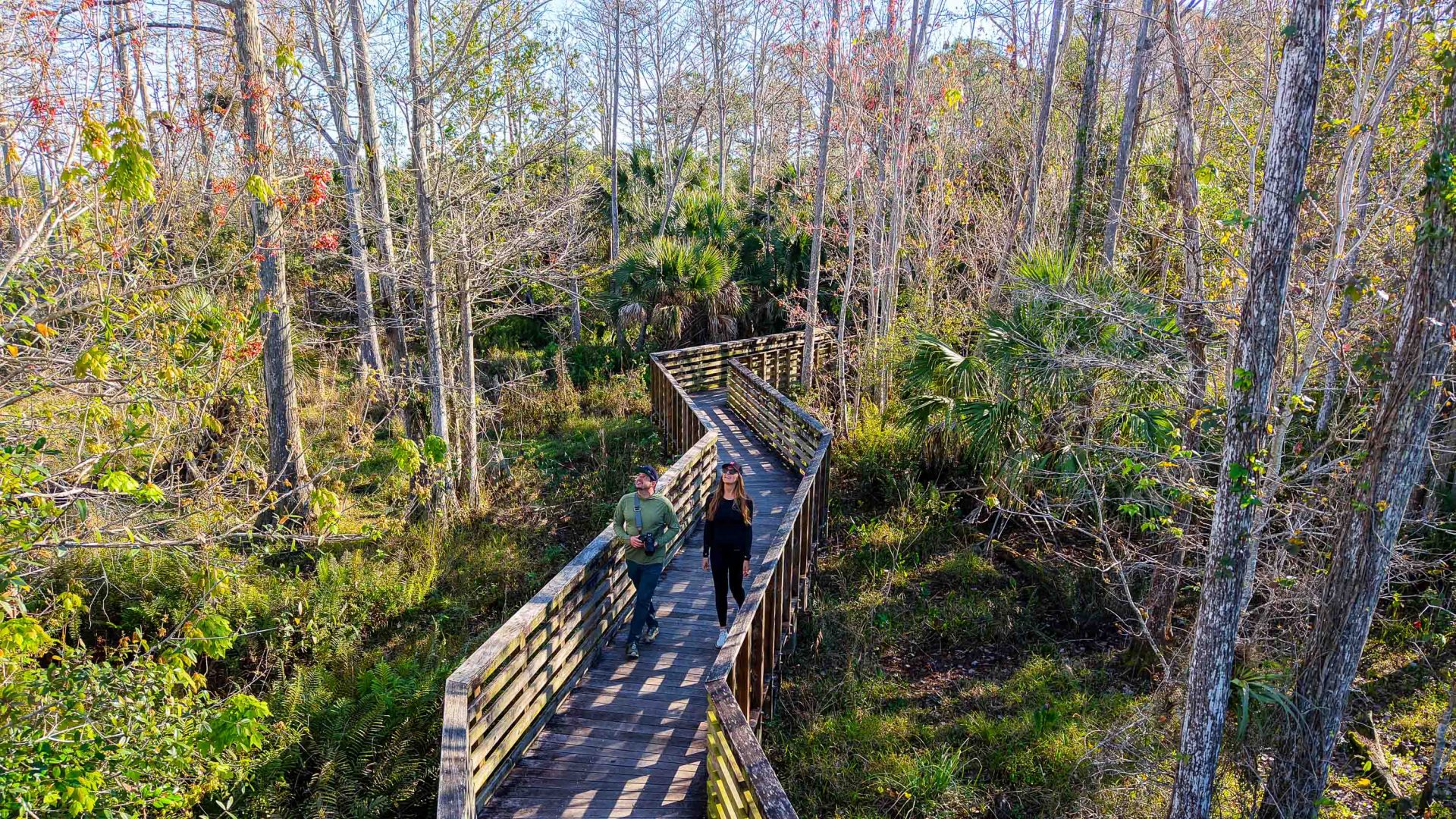
When it comes to accessible travel accommodations, invisible disabilities often get overlooked. Writer Charmaine Noronha discovers how one US county is working to change that.

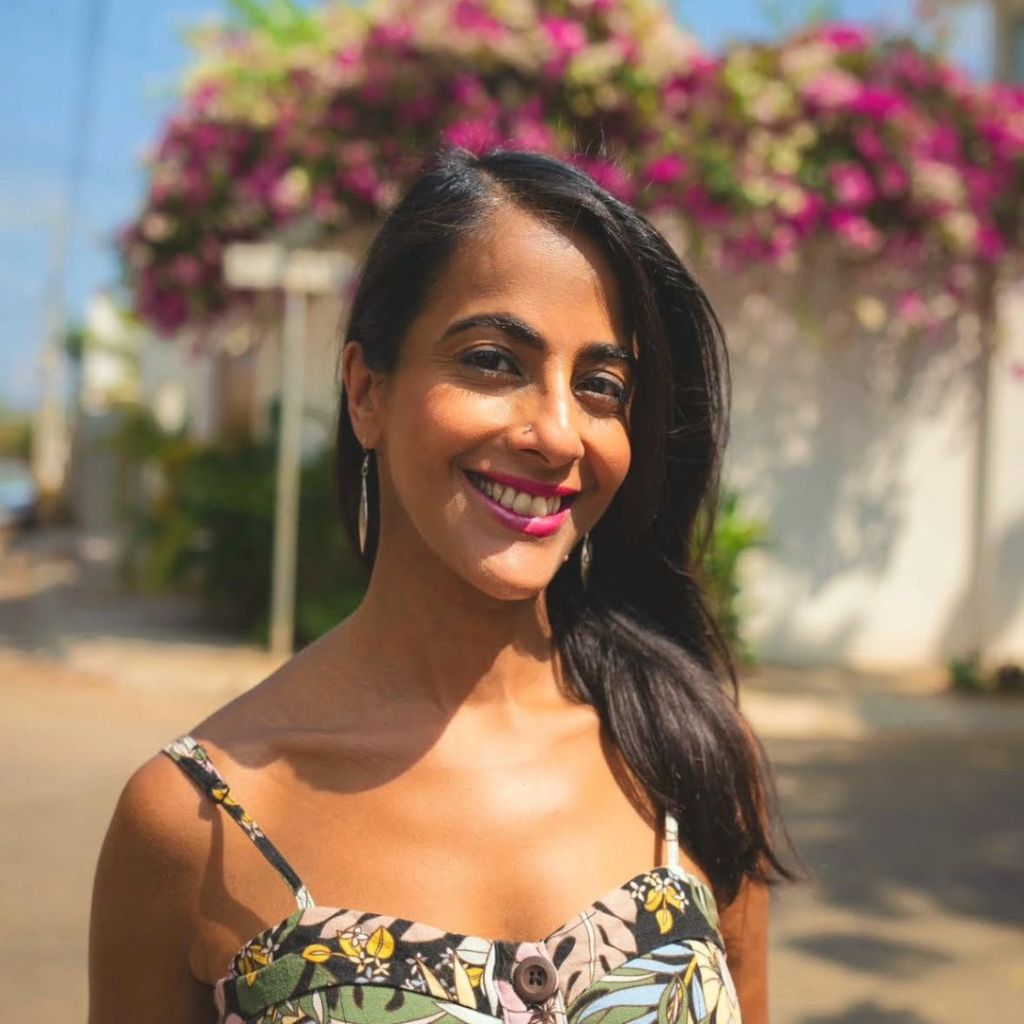
When it comes to accessible travel accommodations, invisible disabilities often get overlooked. Writer Charmaine Noronha discovers how one US county is working to change that.
Decked in a wetsuit with my flippers and mask ready to go, I shimmy around to find a shady spot as an intense sun shines down. It’s a warm December day and I’m in The Palm Beaches in southeast Florida, which comprises 39 cities and towns, also known as Palm Beach County, north of Fort Lauderdale and south of Orlando. My ears perk up as I listen intently to a scuba instructor explaining what her diving company offers to a few keen snorkelers ready to wade into the Intercoastal Waterway.
“We tailor our programs for various needs,” says Jillian Blakken-Strauss, a scuba instructor and trainer with Pura Vida Divers. “For example, we work with folks with PTSD and TBIs to get them in the water snorkeling.”
“For those folks, we inform them before coming to the site that we’re right next to Blue Heron Bridge, so sometimes we’ll have motorcycles or cars going by, which can be very loud,” she adds as traffic hums in the background. “We start with asking them what their needs are and then helping them should they react to a loud noise or any other issues.”
As a longtime journalist, travel writer and content creator, I’ve been fortunate to explore the world extensively. However, not once have I heard a tour guide or sports instructor refer to PTSD (post-traumatic stress disorder) or TBIs (traumatic brain injuries) during their introductions. And had I not been a very reluctant member belonging to one of these categories, I may not have been so attentive.
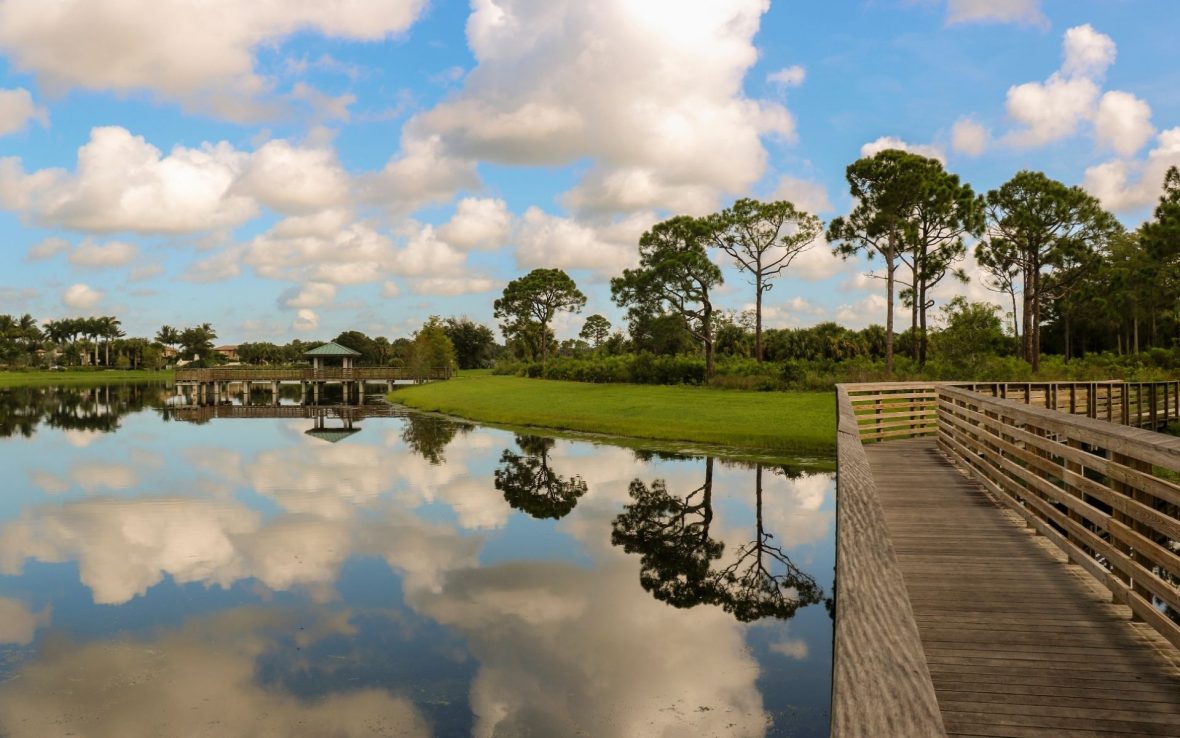
No-one in my snorkeling group knows that I have spent the last eight years recovering from two traumatic brain injuries, the second of which was caused by a car accident. Truth be told, while I had a very difficult and confounding recovery journey—saddled with more than 50 symptoms and an inability to work for a few years as I recovered—no-one who meets me today would ever suspect that a few years ago I struggled to walk, talk, and live due to my injury.
There’s a surprising lack of awareness about TBIs even within the medical community, but more so among the general population. Millions sustain life-changing brain injuries annually—some never return to work or their pre-injury lives—and yet most people know so little about them unless you or someone you know has endured one.
Based on a study from Johns Hopkins, diving can be therapeutic, and offer relief from anxiety, PTSD, injuries, and more to individuals with mental and physical challenges.
So, I was almost touched when this diving outfit even acknowledged that TBI survivors—or warriors, my preferred reference—exist. Many can struggle with sensory issues such as loud noises and chaotic environments, but they still very much want to continue to travel and enjoy their lives. These folks might just need some slight accommodations, like many others with visible or invisible disabilities.
Globally, it’s estimated that one in six people have a disability, and up to 80 percent of those disabilities are invisible, according to the World Health Organization (WHO). Of these, more than one billion people have a non-visible disability. According to Statistics Canada, from the 2022 Canadian Survey on Disability (CSD), 27 percent of Canadians aged 15 years and older, or eight million people, have one or more disabilities that limit them in their daily activities. Invisible disabilities include, but aren’t limited to, autism, chronic pain, diabetes, Crohn’s disease, mental health conditions, traumatic brain injury, and more.
Pura Vida Divers has an Adaptive Support Diver Program, which can help divers with disabilities to reach their underwater goals. For example, they have an accessibility chair to enable visitors who use a wheelchair to be transported from the parking lot of Blue Heron to the dive site and into the water. They’re usually accompanied by a dive buddy who might be able to support them with physical or mental challenges.
“At the instructor level, the adaptive techniques course focuses on cultivating a collaborative, safe, and fun training environment for individuals of all abilities and needs to pursue diving certifications, or experience programs in cases where full certification may not be possible,” Blakken-Strauss tells me.
And there’s good reason for such activities to cater to invisible disabilities. Based on a study from Johns Hopkins, diving can be therapeutic, and offer relief from anxiety, PTSD, injuries, and more to individuals with mental and physical challenges. Pura Vida Divers works with paraplegic, blind, autistic and other able-bodied divers.
“Water is healing. Many are drawn to diving for its calming nature. We submerge and become weightless. It allows us to get rid of stressors that weigh us down on the surface,” says Blakken-Strauss. “But scuba diving is much more than a way to relieve stress—diving can be a form of mental and physical therapy.”
Pura Vida Divers isn’t the only site in Riviera Beach taking into account travelers with accommodation needs. After a delightful day of snorkeling, a visit to Manatee Lagoon proves insightful. Dedicated to educating the public about manatees—marine animals also known as sea cows—and the city’s Lake Worth Lagoon, the center hopes to inspire communities to preserve and protect Florida’s environment and wildlife for future generations.
This eco-discovery center is a certified autism-friendly business that strives to create an inclusive environment for all visitors. Manatee Lagoon offers sensory kits, sensory-friendly hours, and can provide information beforehand to help prepare for a visit. They also have dedicated quiet spaces available for those who need a break from the stimulation of the environment.
In March 2020, this park, Palm Beach County’s only state park, received an Americans with Disabilities Act accessible electric tram to transport guests to the beach-accessible wheelchairs at the park. Currently, up to three wheelchair-using guests at a time can enjoy the park’s beach, and even swim, with the addition of the new water-friendly wheelchairs.
The city’s Loggerhead Marinelife Center is also addressing different needs when it comes to accessibility. This sea turtle rehabilitation and education facility in Juno Beach introduces visitors to the center’s work to protect sea turtles and other marine life through research, rescue, and rehabilitation initiatives.
While touring the sprawling, wheelchair-accessible space and observing sweet sea turtles up close in their state-of-the-art sea turtle hospital and outdoor tanks, a hearing-impaired marine biologist provided sign language interpretation and insights into how the facility works to accommodate those with physical and sensory needs. The center offers a Sensory Saturday program, which takes place before regular operating hours, allowing guests to explore with reduced crowds, lighting, and sound. Sensory stations feature tactile biofacts and interactive activities, where children can explore and play at research stations, and sensory bins, filled with kinetic sand, provide a hands-on experience for little ones to engage with.
The Palm Beaches parks and nature conservancy sites are also taking accessibility needs into account. Just six miles west of the Florida Turnpike in Jupiter Farms, Pine Glades Natural Area provides an accessible walkway and viewpoints in addition to the many miles of marked trails so visitors can enjoy the area without embarking on a long hike.
Some of the most scenic views are visible from the trailhead, a short walk along a concrete pathway. They’ve also installed a paddling launch, which allows visitors to explore a series of connected ponds near the entrance. It’s a fantastic birdwatching spot too—you might spot roseate spoonbills, tricolored herons, and limpkins, while blue-winged teal and king rails are commonly seen in the fall and spring.
When I arrive to John D. MacArthur Beach State Park to help clean up the beach of errant trash, I’m surrounded by tropical flora and fauna. But I’m also surrounded by a lengthy accessible boardwalk that traverses the park. And anyone in a wheelchair hoping to get into the ocean and cruise the sand can ride a park tram down the sunbaked boardwalk that connects the site’s nature center and the beach across 0.3 miles of estuary.
In March 2020, this park, Palm Beach County’s only state park, received an Americans with Disabilities Act accessible electric tram to transport guests to the beach-accessible wheelchairs at the park. Currently, up to three wheelchair-using guests at a time can enjoy the park’s beach, and even swim, with the addition of the new water-friendly wheelchairs.
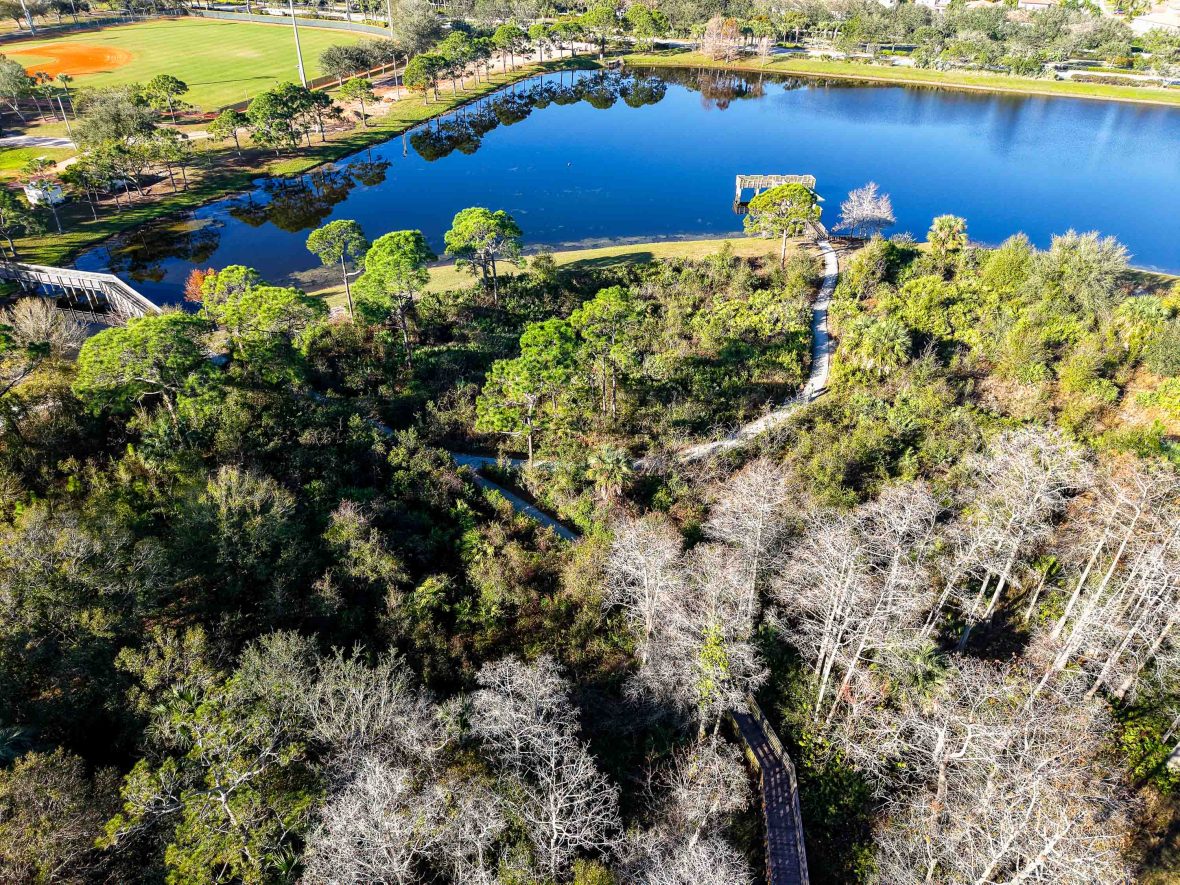
And still in Jupiter, North Jupiter Flatwoods is the first natural area in the state of Florida to be certified as an ‘Autism-friendly’ site by FAU Center for Autism and Related Disabilities. The natural area features a half-mile of accessible paved nature trails, a boardwalk, and a fishing pier. There’s also a mile-and-a-half sandy hiking trail leading to a covered observation platform. Sensory touch stations, benches for resting and viewing nature, a swing seat, enhanced signage with iconography, and fencing to help guide individuals along the walkway and away from water are all part of its accessible offering, many of which can be helpful and calming to those with sensory sensitivities.
Hikers move between 160 acres of flatwoods, wet flatwoods, depression marsh, and swamp ecosystems preserved here. North Jupiter Flatwoods is home to several populations of rare plants including Atlantic St. John’s-wort, trumpet creeper, and yellow jessamine. Additionally, this natural area is within a short drive to Ernie Els’ Els for Autism, a center offering evidence-based programs for thousands of families and individuals impacted by autism.
As I sway in the park’s swing as the sun begins its quiet descent, I acknowledge that the world too is slowly starting to swing in the right direction, and that people with visible and invisible disabilities should also be accommodate for to explore our beautiful planet. I have at times felt invisible in the world as a traveler with unseen symptoms, and since TBIs are so little understood and often not believed, I usually don’t bring it up while traveling. But right now, I feel grateful for those who are starting to see, validate and cater to us—some pretty amazing folks who are out here living in spite of it all.
****
Adventure.com strives to be a low-emissions travel publication. We are powered by, but editorially independent of, Intrepid Travel, the world’s largest travel B Corp, who help ensure Adventure.com maintains high standards of sustainability in our work and activities. You can visit our sustainability page or read our Contributor Impact Guidelines for more information.

Journalist and wanderluster Charmaine Noronha is a travel writer with a penchant for adventure, culture and chocolate. She started her career as a reporter with The Toronto Star before becoming the EIC of Vervegirl Magazine for five years then reported on Canadian news for The Associated Press for 11 years. Most recently, she was a Lifestyle reporter/editor at HuffPost Canada.
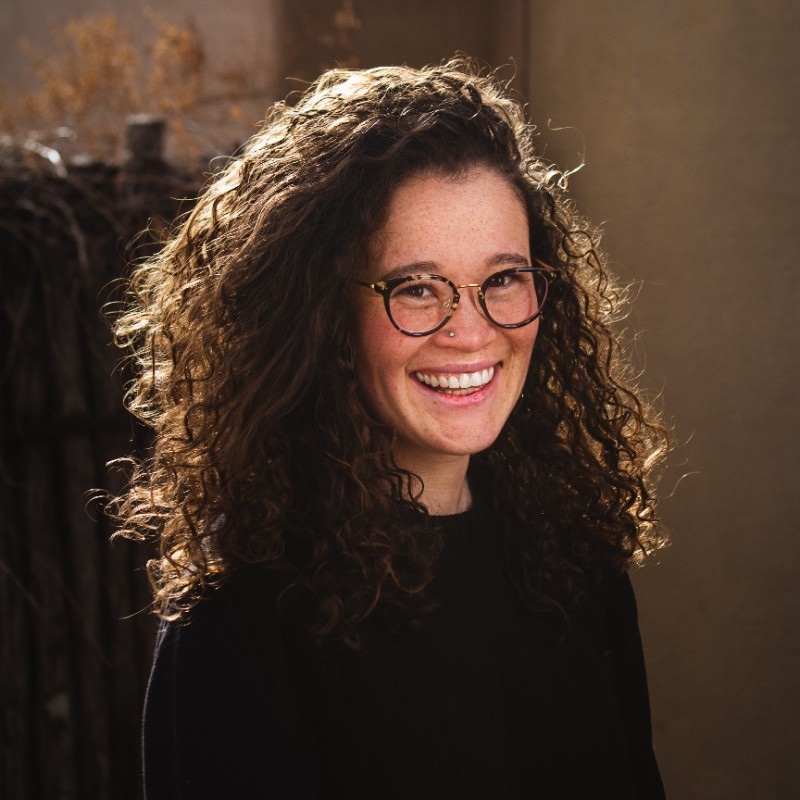

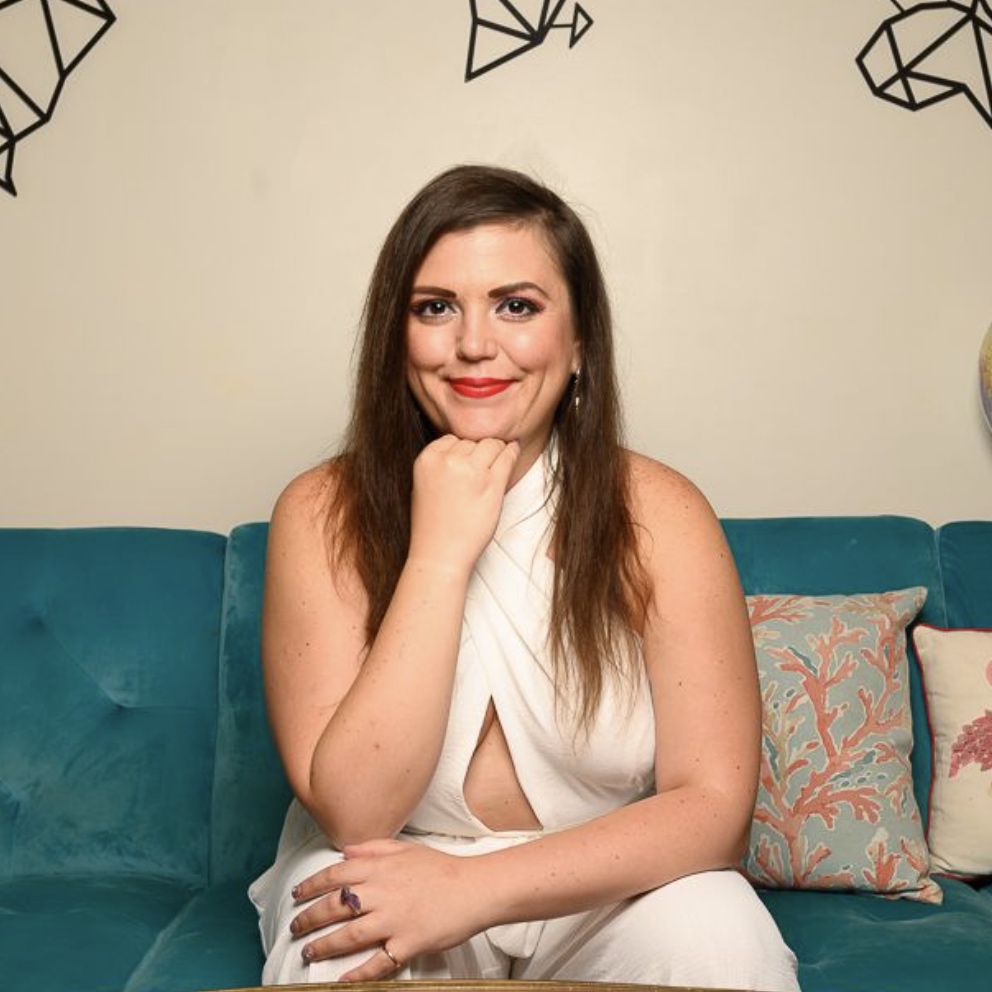

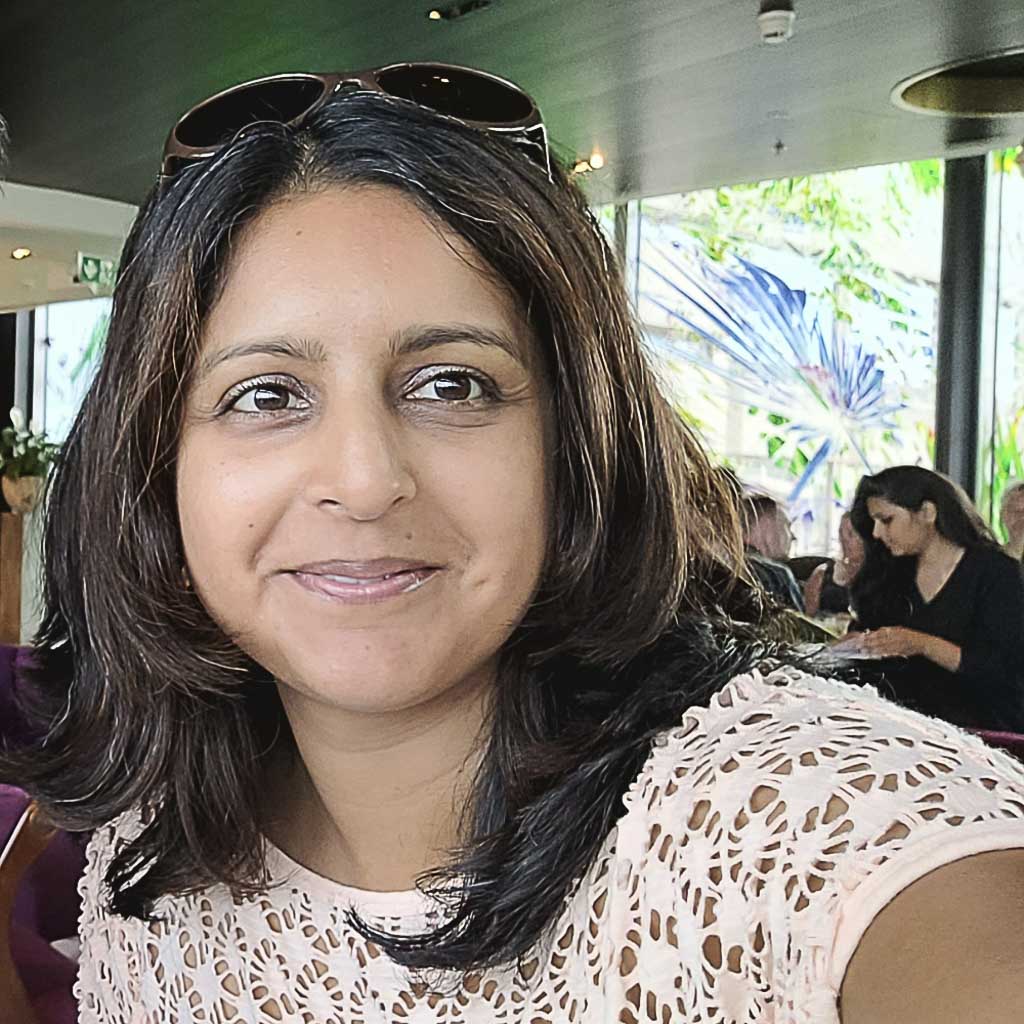

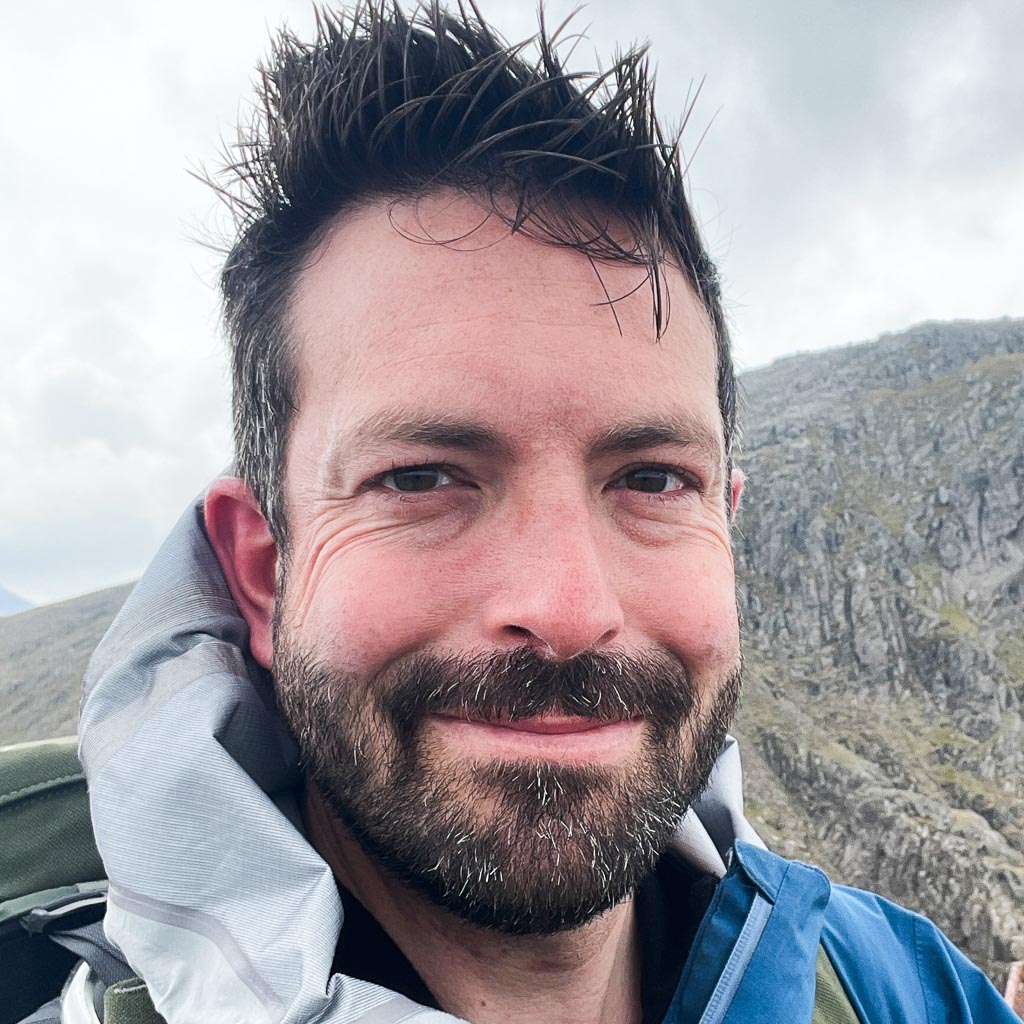

Can't find what you're looking for? Try using these tags: